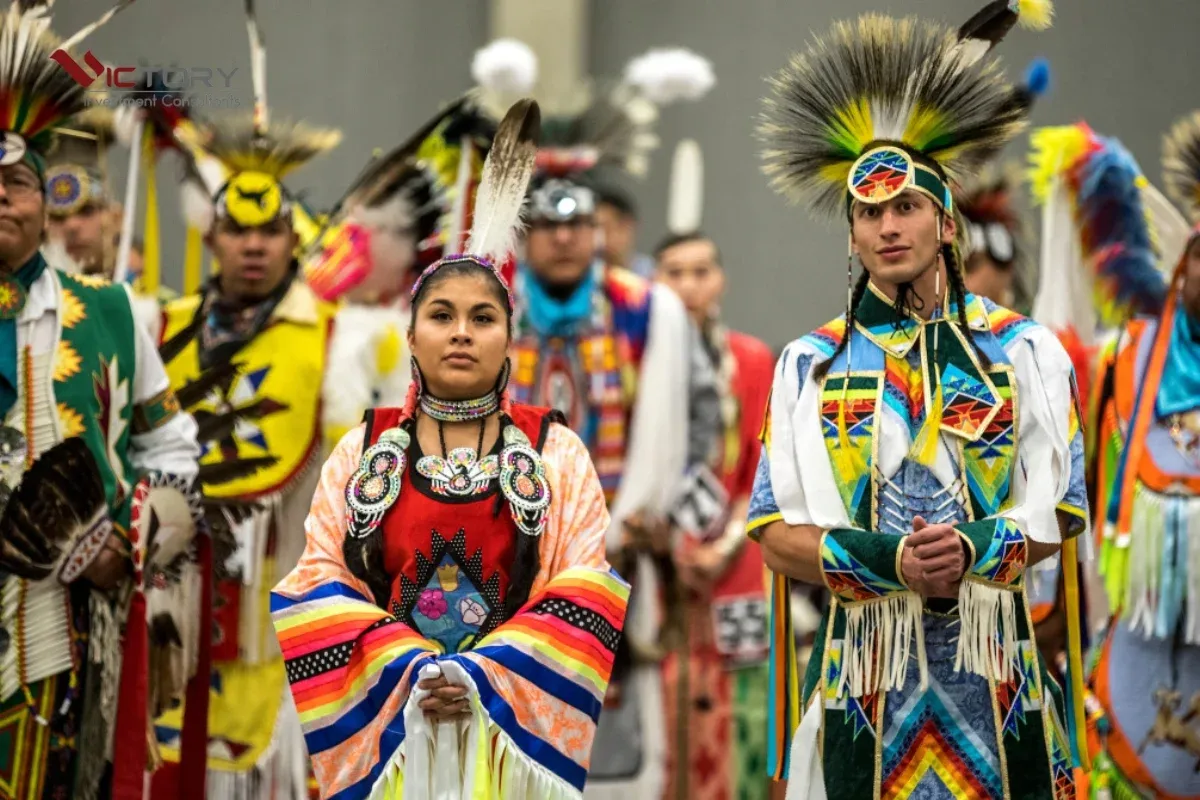Utah, renowned for its magnificent national parks, is not only a destination for nature lovers but also a paradise for those passionate about exploring unique geological wonders. It boasts countless canyons with bizarre shapes, sculpted over millions of years by the power of wind, water, and time. Let “Du lịch khắp thế gian” take you on a journey to discover these one-of-a-kind masterpieces, where every rock and every path holds fascinating stories of the region’s history and culture.
Utah is more than just a tourist destination; it’s a living natural museum where visitors can admire unique artworks created by Mother Nature herself. From the soaring arches in Arches National Park to the magical Hoodoo pillars in Bryce Canyon, Utah offers an unforgettable visual experience, urging visitors to explore and delve deeper into the mysteries of nature.
Arches National Park: A Million-Year-Old Red Rock Sanctuary
Arches National Park, located north of Moab, Utah, is one of the most unique landscapes in the American West. With over 2,000 natural stone arches, this park is a true red rock sanctuary, where time has crafted bizarre and magnificent formations.

The highlight of Arches National Park is perhaps Delicate Arch, a world-famous natural arch, recognized through countless photographs and becoming a symbol of Utah. With its independent shape and ethereal beauty, Delicate Arch is a must-see destination for any visitor to this park.
Besides Delicate Arch, Arches National Park has many other areas worth exploring, such as Courthouse Towers & Windows/ Double Arch, home to the tallest arch in the area at 112 feet, and Landscape Arch, the longest natural arch span in North America.
Bryce Canyon National Park: A Magical Forest of Stone
Bryce Canyon National Park, located in southwestern Utah, is a magical world of Hoodoo pillars. These pillars, ranging in color from white to brown, orange, and red, and reaching up to 150 feet tall, were created by wind, water, and the erosion of rivers and lake sediment over millions of years.

As you wander through the paths among the time-eroded pillars, you’ll feel like you’ve stepped into a surreal and captivating world. Pillars like Thor’s Hammer and Three Wisemen are focal points for photographers, while the Rainbow Point and Yovimpa Point areas offer magical views of the park.
Bryce Canyon is not actually a canyon, but a collection of naturally formed amphitheaters, creating a unique and impressive landscape. This area was settled by Mormon pioneers in the 1850s and is now one of the most popular tourist destinations in Utah.
Antelope Canyon: The Majestic Antelope Canyon
Antelope Canyon, located in Navajo land near Page, Arizona, is one of the most visited and photographed canyons in the Southwestern United States. This canyon is divided into two separate sections: Upper Antelope Canyon (The Crack) and Lower Antelope Canyon (The Corkscrew).

Formed by millions of years of erosion from water and wind, Antelope Canyon is named after the pronghorn antelopes that once roamed the area. Visitors will be immersed in the swirling sandstone walls illuminated by sunlight streaming into the canyon at different times of the day.
In Navajo, Upper Antelope Canyon is called Tsé bighánílíní, meaning “the place where water runs through rocks,” while Lower Antelope Canyon is Hazdistazí, “spiral rock arches.” Both are located in the LeChee Chapter of the Navajo Nation.
Monument Valley: Symbol of the American West
Monument Valley, straddling the border of Arizona and Utah, is an iconic symbol of the American West. With its characteristic dry and hot climate, Monument Valley features bizarrely shaped mesas that change color throughout the day, along with ancient Native American stone dwellings and petroglyphs.
Monument Valley is the land of the Navajo tribe, a symbol of Native Americans and the place where they resisted Western civilization. Many Hollywood movies and commercials have been filmed in Monument Valley, bringing this iconic landscape closer to the world.
Zion National Park: A Garden of Paradise on Earth
Zion National Park, Utah’s first national park, is a giant “oasis” located on a plateau rich in flora and fauna and fertile soil. With numerous sandstone cliffs, canyons, deep gorges, steep slopes, plateaus, mesas, with bizarre and colorful shapes, Zion National Park is a priceless gift that nature has bestowed upon this place.
Utah, with its uniquely shaped canyons, is not only a tourist destination but also an endless source of inspiration for those who love the beauty of nature and the wonders of creation. Come and explore these masterpieces to feel the grandeur and magnificence of the American West.
Utah, with its magnificent canyons and beautiful national parks, deserves to be one of the top destinations for those who love travel and exploration. Plan your trip today and experience the wonders that Utah has to offer!